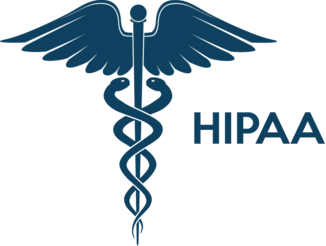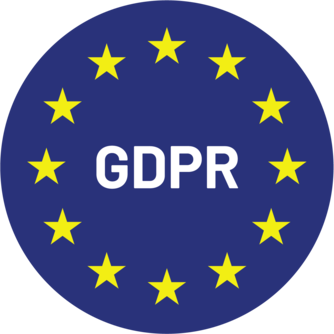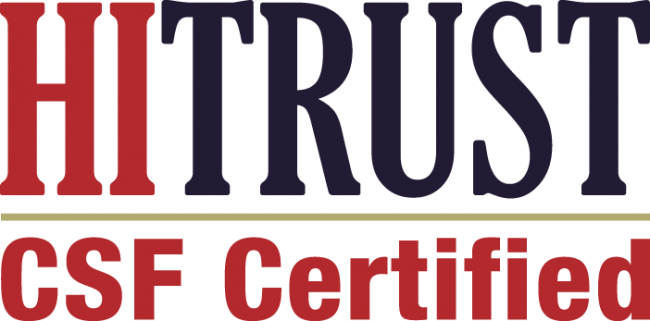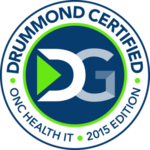In the evolving landscape of healthcare, the adoption of Remote Therapeutic Monitoring (RTM) has emerged as a pivotal strategy for enhancing patient care while also driving significant revenue opportunities for healthcare providers. The HealthViewX Care Orchestration Platform is at the forefront of this shift, enabling practices to seamlessly integrate RTM into their operations. As we delve into the economics of Medicare RTM, it’s clear that maximizing revenue and ROI requires a comprehensive understanding of both the financial incentives and the operational efficiencies that this technology offers.
The Financial Landscape of Medicare RTM
Medicare has recognized the value of RTM, particularly in managing chronic conditions that require continuous monitoring and therapeutic interventions. The introduction of RTM codes (CPT codes 98975, 98976, 98977, 98980, and 98981) has created new revenue streams for healthcare providers. These codes cover the initial setup, device supply, and ongoing management of RTM services, ensuring that providers are reimbursed for the critical role they play in patient care.
- CPT 98975: Initial setup and patient education on the use of RTM devices.
- CPT 98976 & 98977: Device supply, data transmission, and daily monitoring.
- CPT 98980 & 98981: Management of RTM services, including time spent reviewing data and communicating with patients.
These codes provide a clear path to reimbursement, but the real challenge lies in optimizing these opportunities to ensure maximum ROI.
Key Drivers of Revenue Maximization
- Efficient Patient Enrollment and Onboarding: The first step in maximizing RTM revenue is ensuring a streamlined process for enrolling eligible patients. HealthViewX simplifies this by automating patient identification, eligibility checks, and enrollment, reducing the administrative burden and accelerating the onboarding process.
- Scalable Device Management: With RTM, the management of devices is critical. HealthViewX offers a robust platform for tracking device usage, ensuring compliance, and managing inventory. This scalability is crucial for expanding RTM programs without incurring prohibitive costs.
- Data-Driven Patient Management: The ongoing management of RTM services hinges on the ability to efficiently monitor and analyze patient data. HealthViewX provides real-time insights and analytics, allowing providers to make timely interventions and optimize care. This not only improves patient outcomes but also maximizes billable services under RTM codes.
- Automated Billing and Compliance: Ensuring accurate and timely billing is essential for capturing the full financial benefits of RTM. HealthViewX automates the billing process, ensuring that all services are correctly coded and submitted. Additionally, the platform ensures compliance with Medicare guidelines, reducing the risk of audits and penalties.
Enhancing ROI through Operational Efficiency
While the financial incentives for RTM are clear, maximizing ROI requires a focus on operational efficiency. HealthViewX excels in this area by offering a unified platform that integrates RTM with other care management services, such as Remote Patient Monitoring (RPM) and Chronic Care Management (CCM). This integration allows providers to deliver comprehensive care without the need for multiple, disjointed systems.
- Unified Care Orchestration: By consolidating RTM, RPM, and CCM into a single platform, HealthViewX reduces redundancy and streamlines workflows. This not only saves time but also reduces the overhead associated with managing multiple care programs.
- Scalability and Flexibility: HealthViewX is designed to scale with your practice. Whether you’re managing a small patient population or expanding your services to thousands of patients, the platform offers the flexibility to grow without incurring significant additional costs.
- Enhanced Patient Engagement: Patient engagement is a key factor in the success of RTM programs. HealthViewX provides tools for continuous patient communication, education, and feedback, ensuring that patients remain engaged and compliant with their therapeutic plans. This not only improves clinical outcomes but also increases the likelihood of continued reimbursement.
The Future of RTM with HealthViewX
As the healthcare landscape continues to evolve, the role of RTM in managing chronic conditions will only grow. HealthViewX is committed to staying ahead of the curve, offering innovative solutions that enhance both patient care and financial performance. The platform’s focus on automation, integration, and scalability ensures that healthcare providers can maximize their ROI while delivering the highest standard of care.
For practices looking to capitalize on the opportunities presented by Medicare RTM, HealthViewX offers a comprehensive, end-to-end solution that simplifies the complexities of care orchestration and revenue management. By leveraging the full capabilities of the HealthViewX platform, providers can not only enhance patient outcomes but also achieve sustainable, long-term profitability.
Conclusion
The economics of Medicare RTM present a compelling case for its adoption, with significant revenue potential for healthcare providers. However, realizing this potential requires a strategic approach that balances financial incentives with operational efficiency. HealthViewX offers the tools and insights necessary to navigate this complex landscape, ensuring that providers can maximize both revenue and ROI. As RTM continues to shape the future of healthcare, HealthViewX remains an essential partner in driving innovation and excellence in care delivery.

